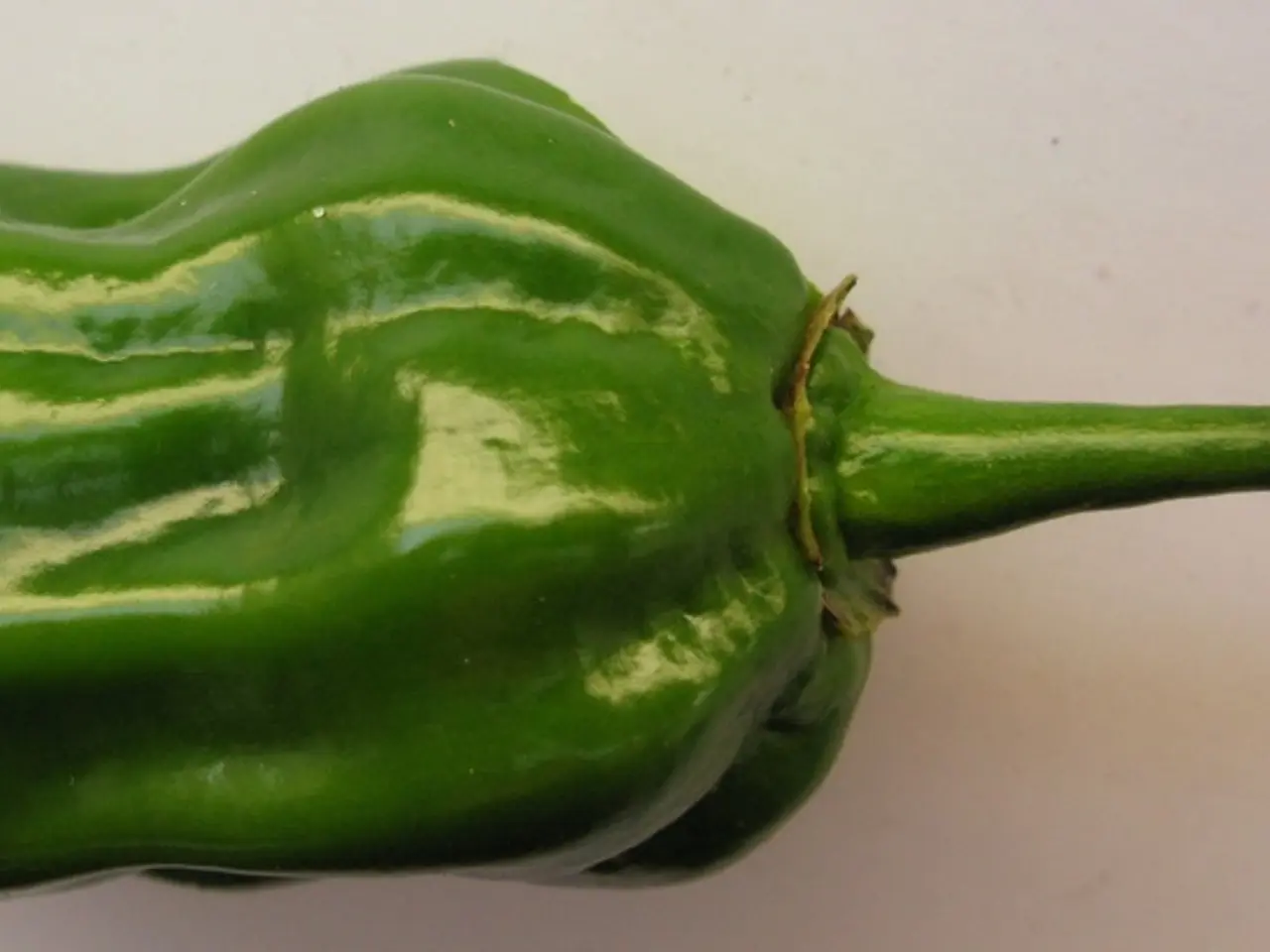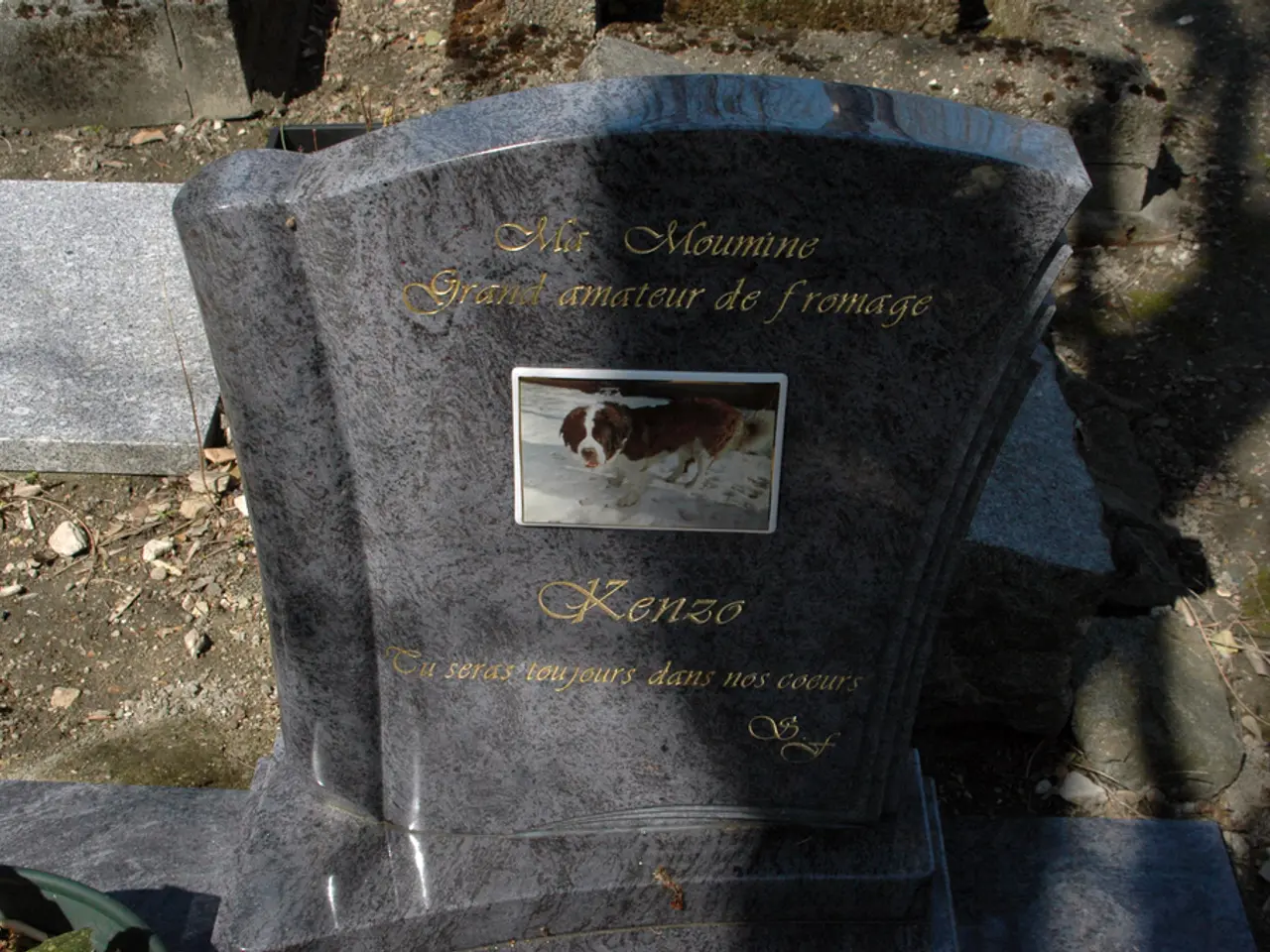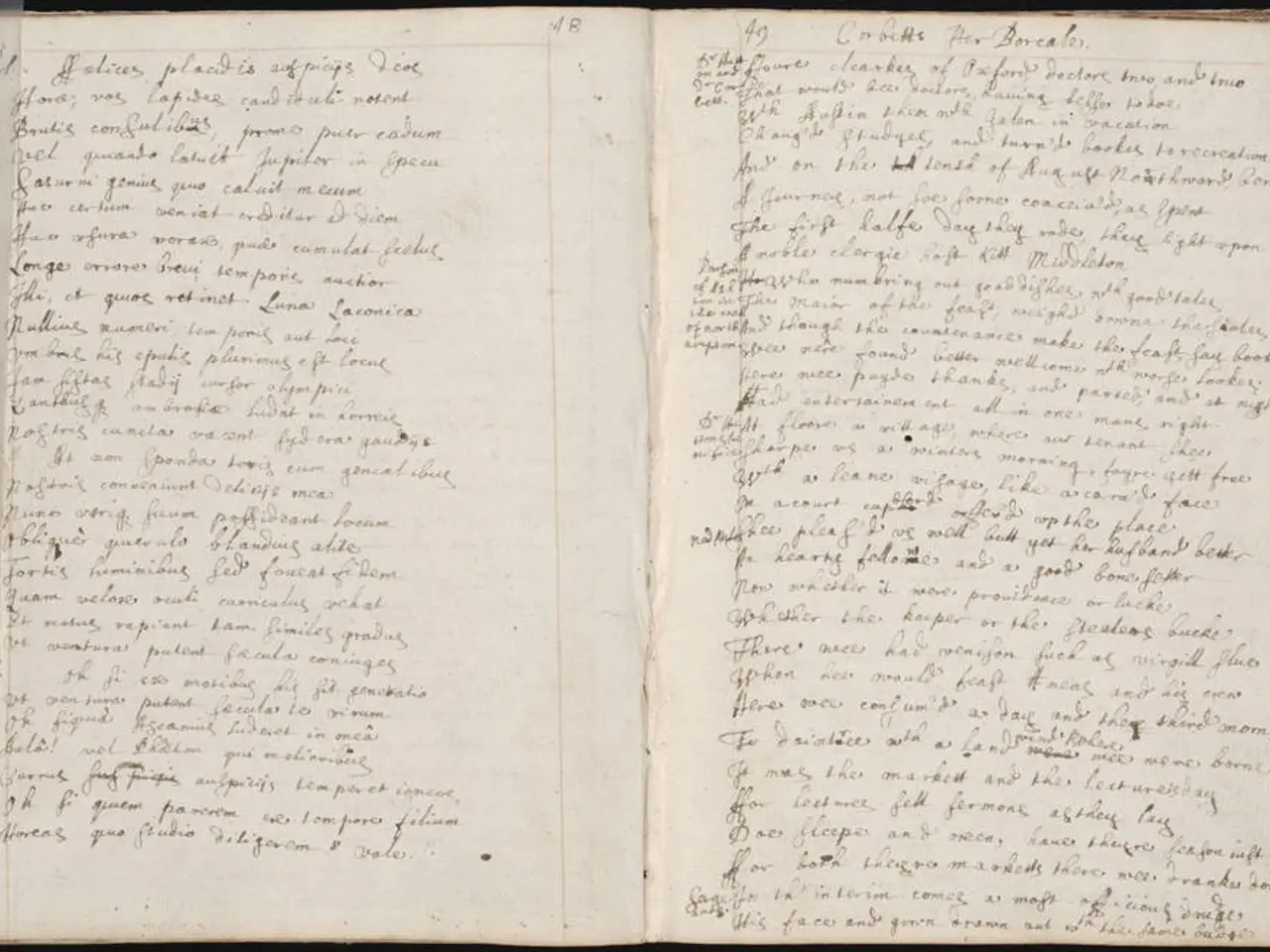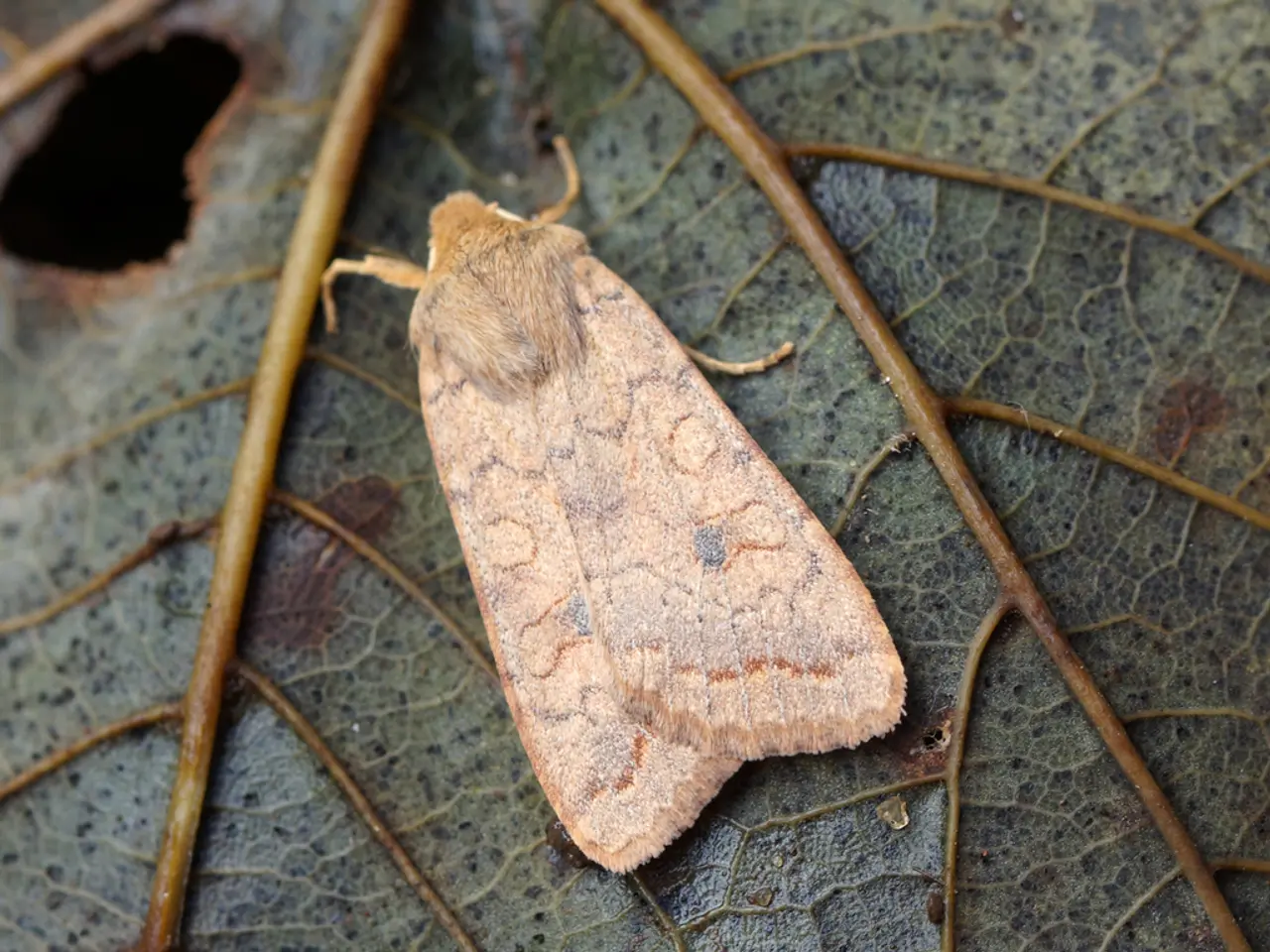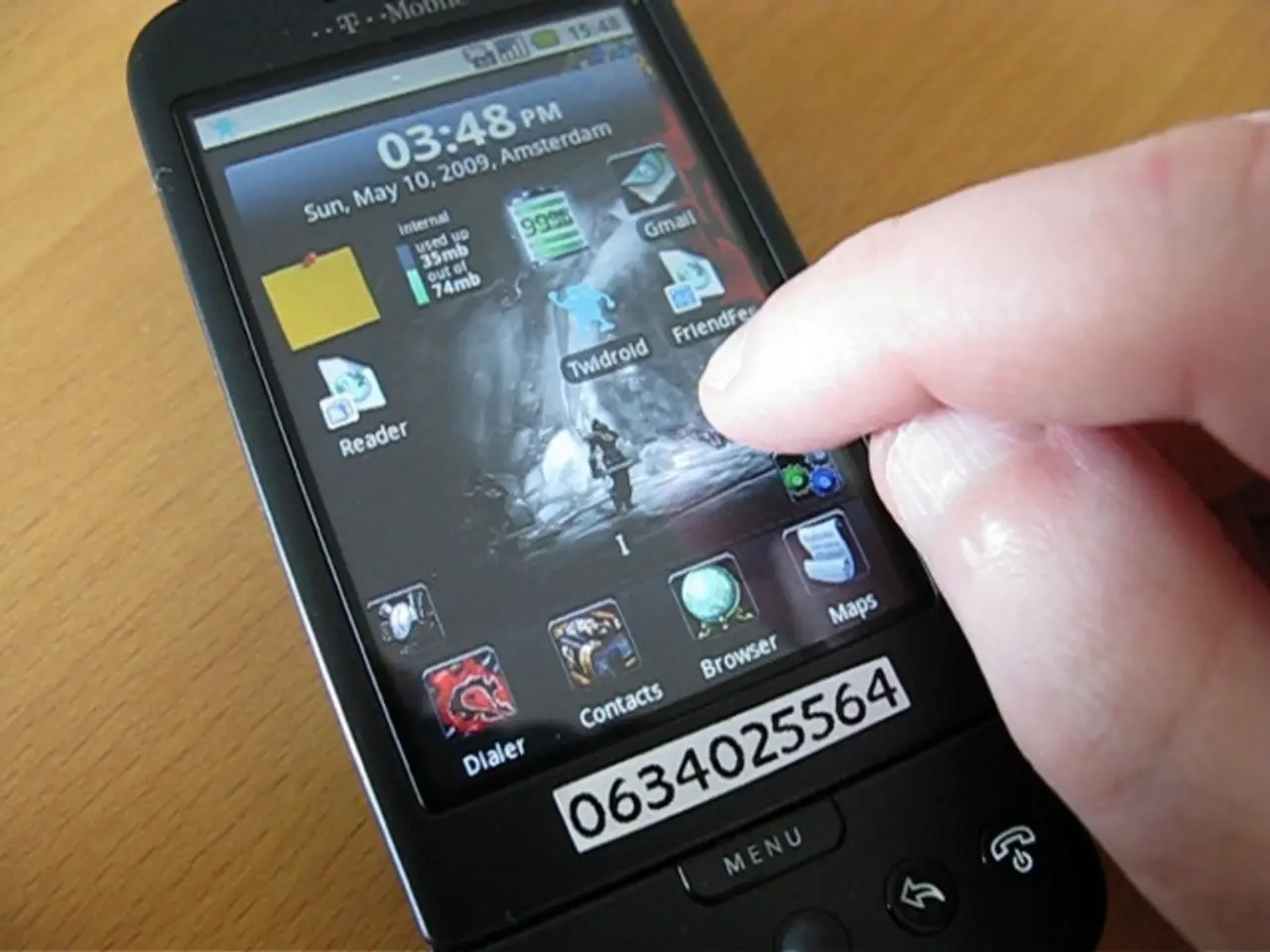Treatments for Notalgia Paresthetica: The Utilization of Capsaicin, Lidocaine, and Menthol Ointments
**Effective Topical Creams for Managing Notalgia Paresthetica**
Notalgia paresthetica (NP) is a chronic nerve disorder that causes persistent itching, burning, tingling, and sometimes pain on the back, between the shoulder blades and the spine [1]. This condition, which accounts for 8% of all cases of chronic pruritus [2], can be challenging to manage due to its resistance to conventional skin treatments and frequent misdiagnosis [2].
### Topical Treatments with Evidence
Several topical agents have been found effective in managing NP symptoms. Here are some of the most promising options:
#### Capsaicin Cream
Capsaicin cream works by decreasing itching by depleting substance P in sensory nerves [2]. It is commonly recommended for chronic itch, especially focal areas [2][3]. However, due to its initial burning sensation, it should be used with caution [2].
#### Lidocaine Patches
Lidocaine patches numb the area to block pain and itch signals [2]. They are especially useful if symptoms include tingling or pain in addition to itch [2].
#### Topical Steroids
Topical steroids can reduce inflammation caused by scratching [3]. However, their effectiveness is limited to cases where scratching has caused secondary skin inflammation or irritation [3].
### Additional Recommendations
- **Notable Limitations**: There is no single, universally effective topical for NP. Symptoms are often refractory to conventional skin creams, and the condition is frequently misdiagnosed as a dermatologic problem [2]. - **Cooling Devices**: Cooling devices, such as those designed for eczema relief, may offer symptomatic relief without skin damage [1]. This approach may help break the itch-scratch cycle, but evidence specific to NP is lacking. - **Skin Care**: Avoid scratching, as it can lead to post-inflammatory hyperpigmentation and worsened symptoms [2]. - **Consider Underlying Nerve Issue**: Since NP is a neuropathy, addressing poor posture—which may compress nerves—could also help [2].
### Summary
The most effective topical agents for notalgia paresthetica are capsaicin cream (for persistent itch) and lidocaine patches (for pain/tingling) [2]. Topical steroids may help only if inflammation is present from scratching [3]. The condition is often resistant to typical skin treatments, so a multimodal approach—including nerve-directed therapies, posture management, and devices for itch relief—may be required for optimal management [2]. Always consult a healthcare provider for a tailored treatment plan.
- The duration of the time during which capsaicin cream is effective varies across different cases of notalgia paresthetica, and continued use can reduce its effectiveness in providing itch relief over time. - Topical lidocaine is effective in directly tackling and reducing nerve-related pain and itch in notalgia paresthetica. - Common symptoms of notalgia paresthetica include persistent itching, visible skin changes (hyperpigmentation), unusual skin sensations (tingling, prickling, tenderness, feeling hot or cold), and temporary skin changes (redness, scratch marks, inflammation). - It is crucial to follow instructions for safe and effective use of capsaicin cream, such as washing hands before and after application, avoiding contact with eyes and mouth, keeping out of reach of children, storing correctly at room temperature, not applying more than directed by a doctor, not applying to damaged or broken skin, and seeking medical attention for any side effects. - Guidance from a healthcare professional and exploring the topical creams available can help you find which option works best. - Capsaicin cream is effective in providing immediate pain relief, with some studies reporting a 70-90% improvement in painful itching in people affected by notalgia paresthetica after a few months of treatment. - Notalgia paresthetica is characterized by 'nostalgia', defined as pain and irritation, that stems from disruption in sensations of touch, known as dysaesthesia.
- Notalgia paresthetica, a chronic nerve disorder, often requires a multimodal approach for effective management due to its resistance to conventional skin treatments and frequent misdiagnosis.
- Topical creams such as capsaicin cream and lidocaine patches have shown promise in managing symptoms of notalgia paresthetica, with capsaicin reducing persistent itch and lidocaine tackling nerve-related pain and itch.
- Healthcare professionals may recommend skin care practices to prevent post-inflammatory hyperpigmentation and worsened symptoms, alongside a tailored treatment plan considering chronic diseases, medical conditions, and health-and-wellness, which may include nerve-directed therapies and devices for itch relief.
- Science continues to explore the potential of topical medication for managing chronic diseases like notalgia paresthetica, with encouraging results from studies on capsaicin cream, demonstrating its effectiveness in providing immediate pain relief and long-term itch relief.
- It is crucial to prioritize personal health by following instructions for safe and effective use of topical creams, consulting healthcare providers, and understanding the various symptoms associated with notalgia paresthetica, such as visible skin changes, unusual skin sensations, and temporary skin changes.
